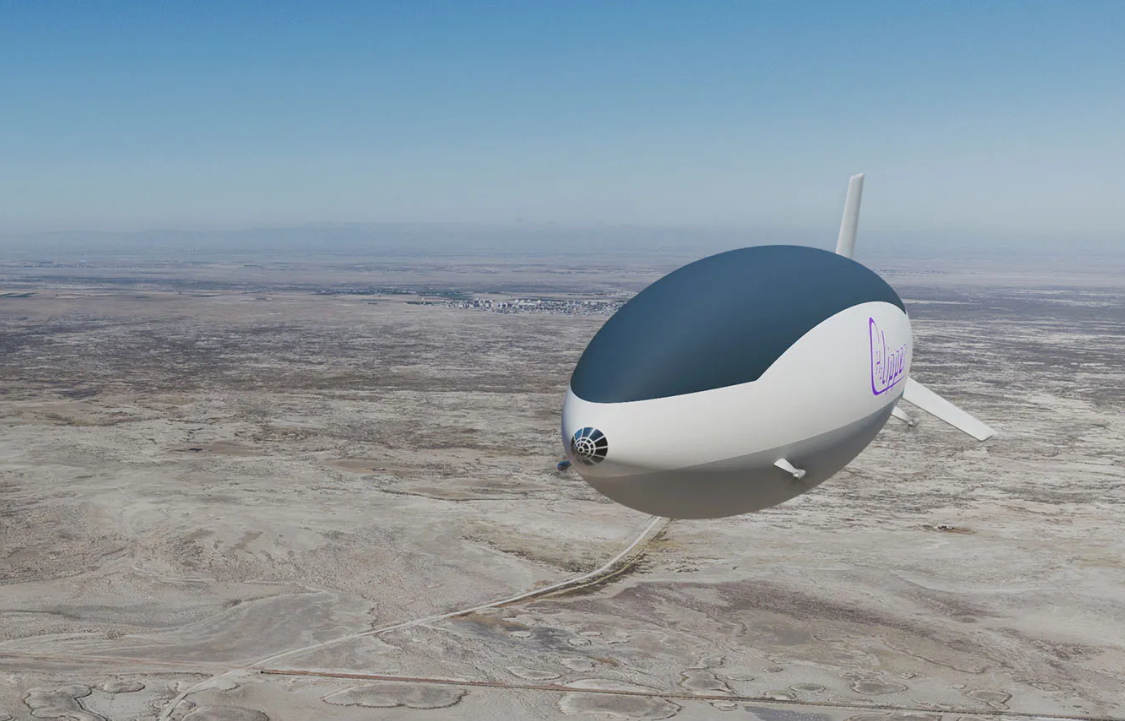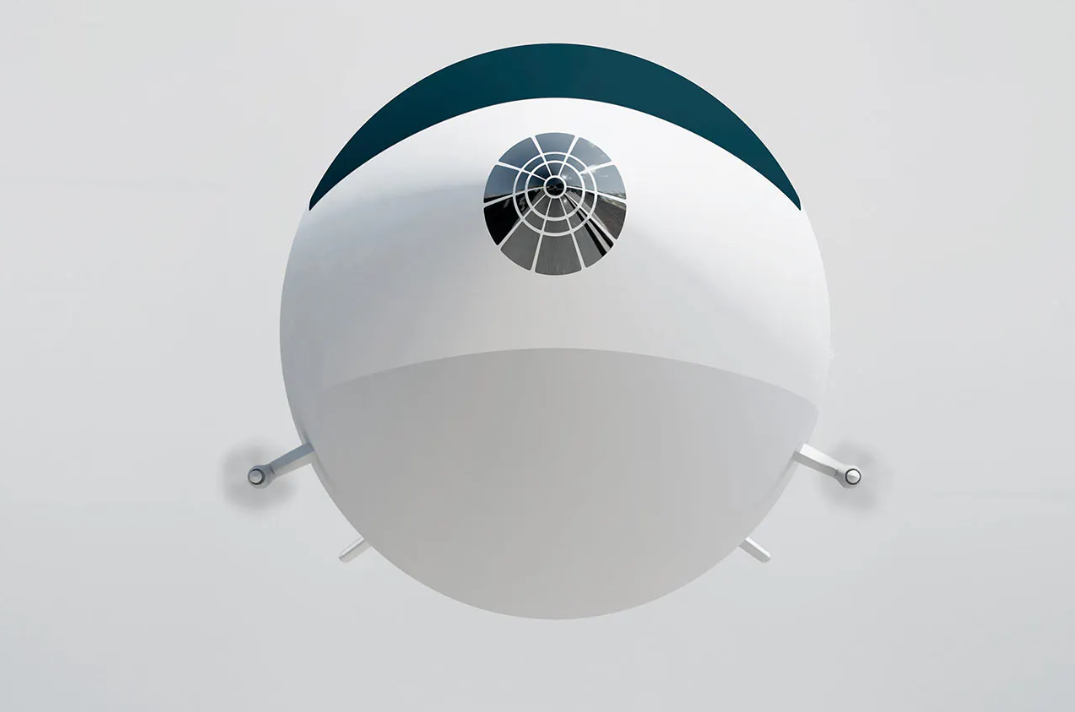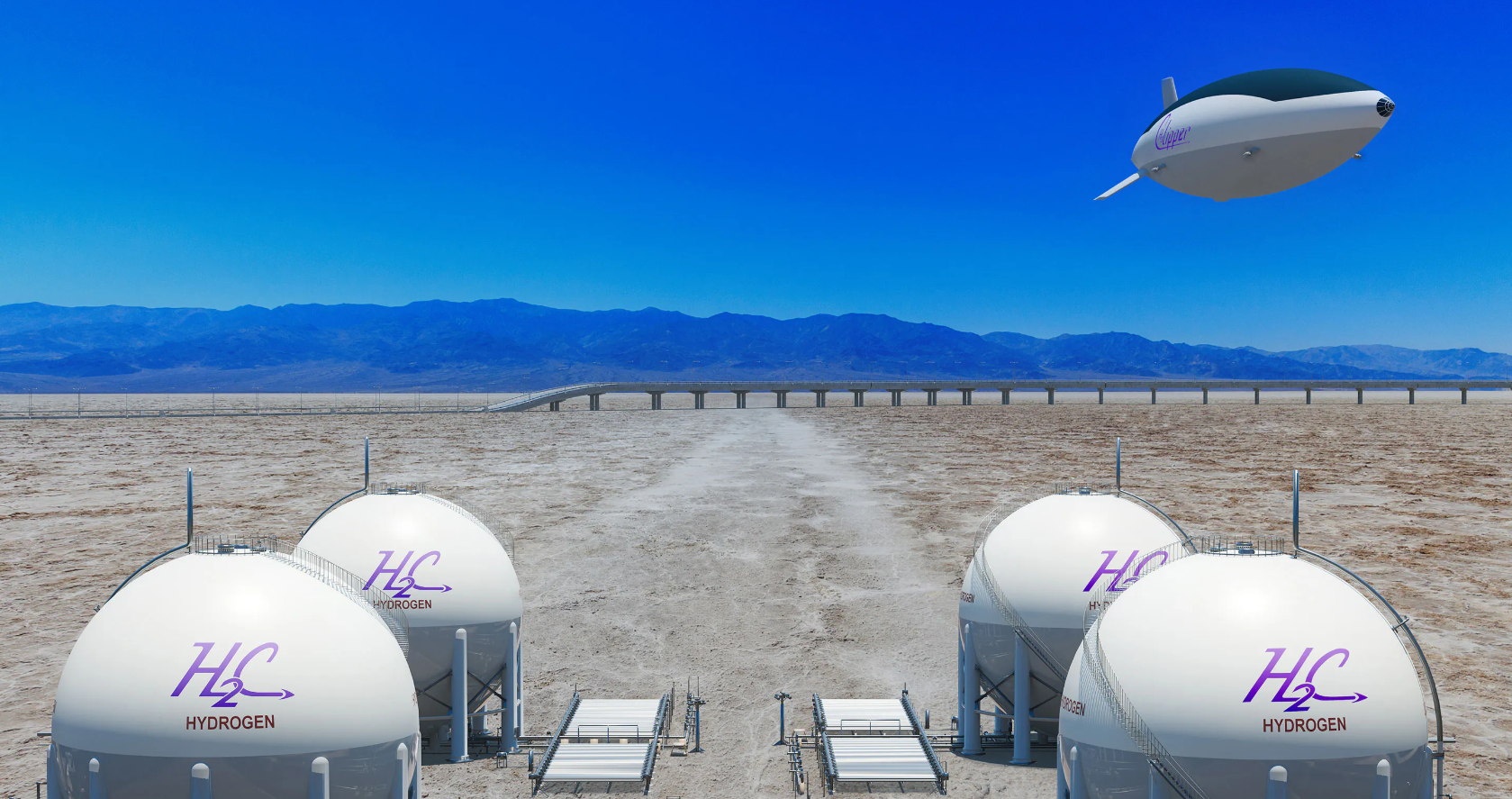Summary
- The H2 Clipper will be powered by hydrogen and aims to revolutionize aerial transport systems with clean and efficient capabilities.
- The development of large cargo-carrying airships is experiencing a renaissance as hydrogen becomes a more important commodity.
- Hydrogen is an advantageous fuel as it releases zero carbon emissions and offers strength for energy-intensive industries.
H2 Clipper Inc. is an organization designing a next-generation airship to carry hydrogen. The vision is for the airship (called the H2 Clipper) to be a pipeline in the skies and make hydrogen practical and the fuel of the future. The H2 Clipper plans to return airships to the age of hydrogen not only for lift but also for propulsion and as the cargo they carry.
In the 1930s, giant airships were seen as the technology of the future, and many massive Zeppelins were built. But the Hindenburg Disaster of 1937 ended the age of the airship—almost. Airships have continued to be built ever since for reconnaissance, tourism, and other specialized roles. But now, the world is experiencing something of a back-to-the-future moment with many large cargo-carrying airships under development.
The past meets the future
Airships have always had many advantages over aircraft. As they are buoyant in the atmosphere, they don’t require energy to keep them aloft—all their energy can be channeled into propulsion. They can hover for long periods of time and don’t require infrastructure like large runways to operate.
Photo: H2 Clipper Inc
Airships can fly over obstacles and reach places with little infrastructure. They can also carry very heavy loads relatively quickly and cheaply. However, many practical challenges remain for airships to overcome.
Hydrogen is seen as the fuel of the future. It is safe, renewable, and can power the most energy-intensive industries. The only emission from hydrogen is pure water, and it is seen as a crucial technology for the world to eventually reach net zero. However, one of the biggest challenges with hydrogen is transportation. One of the great challenges with hydrogen is transporting it from where it is produced to where it is needed. H2 Clipper Inc. believes that one of the solutions is building giant airship tankers to function as the pipelines of the skies.
|
Pros and cons of hydrogen energy: |
|
|---|---|
|
Zero emissions |
low environmental impact |
|
Versatility |
use for transportation, industrial applications, power generation |
|
High energy density |
approx. 120 megajoules per kilogram (MJ/kg) – Gasoline approx. 46 megajoules per kilogram (MJ/kg) |
|
Transportation |
difficult and expensive to transport |
|
Expensive to produce |
requires substantial energy to create |
If built, the H2 Clipper would deliver clean hydrogen anywhere in the world. H2 Clipper Inc. had the following words to share in a statement:
“H2C delivers clean hydrogen anywhere in the world via the most effective, lowest cost, and safest, end-to-end hydrogen transport and distribution system in the world.”
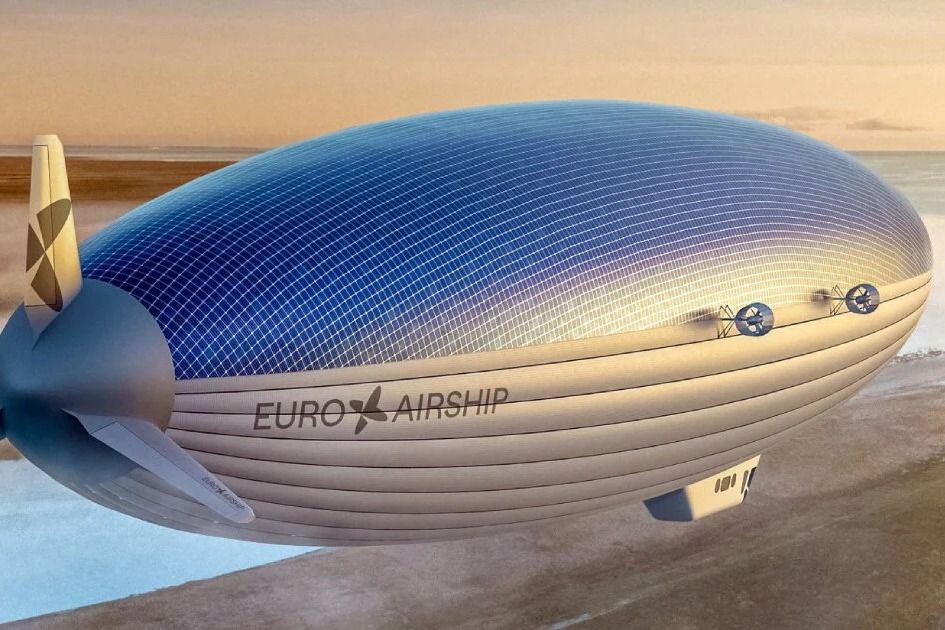
Related
Solar Airship One: Meet The Aircraft That Might Never Need To Stop Flying
Commercial airships could be making a green-focussed return.
H2 Clipper: the pipeline of the skies
H2 Clipper Inc. envisions its airship as the world’s first point-to-point hydrogen delivery system and the pipeline-in-the-sky. The airship would transport hydrogen efficiently without the use of canals, ship ports, railways, or pipelines.
|
H2 Clipper vs traditional transportation |
|
|---|---|
|
70% |
Air freight savings |
|
2x payload capacity |
traditional freighters |
|
10x cargo volume |
traditional freighters |
|
7x-10x faster |
than ships, trucks, or trains |
The company behind the H2 Clipper project states that the hydrogen-carrying airship could be 70% less expensive than traditional air freight. It would have double the payload capacity and 10 times the cargo volume of traditional freighters. If the project is realized, it would be a much more affordable and efficient way to transport fuel cell-grade hydrogen around the world.
Photo: H2 Clipper Inc
Time will tell if the H2 Clipper becomes a revolutionary new form of transport. According to the company’s website, the planned timeline is to have the prototype’s design completed by 2023, then build the prototype in 2024, with a first prototype flight in 2026. Finally, the company hopes to have the H2 Clipper commercially operational by 2029.
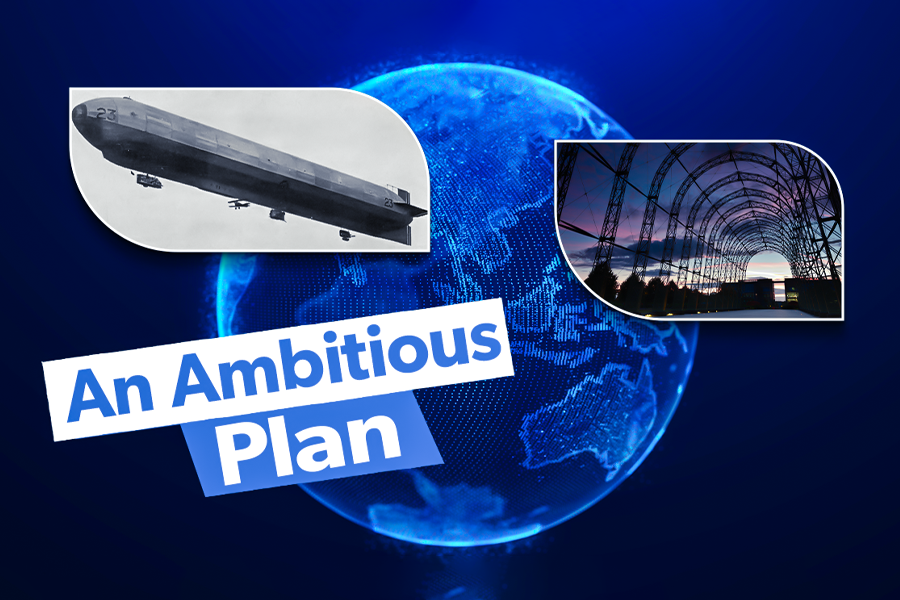
Related
History: Why Did The UK’s Plan To Unite Canada & Australia With Airships Fail?
The airship Imperial Airship Scheme would have connected the corners of the British Empire, but was met with disaster.
H2 Clipper specifications
The H2 Clipper is planned to have an airspeed of over 150 mph and a payload capacity of over 400,000 lbs (although the largest airship under development would have a payload capacity of 600 tonnes). It would have the equivalent cargo area of 35 shipping containers and would cost less than $0.32 per tonne/mile. The length of the airship is unclear —the precise dimensions are likely still being designed.
Photo: H2 Clipper Inc
|
H2 Clipper specifications |
|
|---|---|
|
Airspeed: |
150+ mph or 241 km/h |
|
Payload capacity: |
400,000+ lbs (150,000 kgs) |
|
Range: |
6,000+ miles (9,656 km) |
The H2 Clipper is planned to be completely powered by clean energy and dedicated to transporting clean energy. Hydrogen would be the Clipper’s source of both propulsion and lift. It would have virtually no residual drag and would be a completely zero-emission form of transport.
With routine maintenance, the Clipper airship is expected to be in service for around five decades or even more, significantly longer than conventional aircraft. However, the company notes that its useful life is likely to be closer to thirty years.


